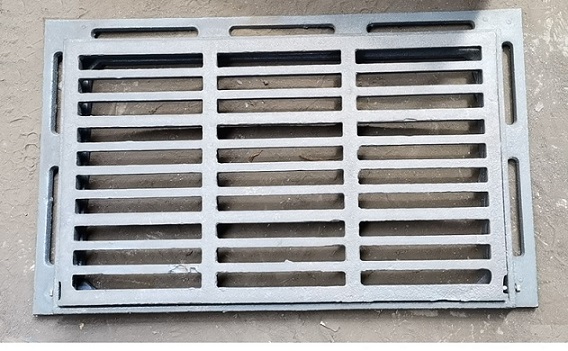Correct identification of pesticide labels
A properly labeled pesticide should contain the following essential information:
Rectangle Ductile
gratings are made of ductile iron; we make cast iron gratings on BS EN124 2015.
The products are A15, B125, C250 and D400, They are used in Green belt,
Pavement, Auxiliary road, Main road and Express way. We make Ductile Gratings
all by producing line, the quality cast iron gratings is very good, and we
warmly welcome customers all over the world to do business with us.
Gratings, Ductile Gratings, Ductile iron gratings, cast iron gratings Runchun Casting (Zhoushan) Co., Ltd. , https://www.en124casting.com
1. The name of the pesticide, including both the common name and the scientific name, along with the concentration and form (such as liquid, powder, or granules) of the active ingredient. For imported pesticides, the Chinese name must also be included.
2. The pesticide registration number, as well as the production license or production approval certificate number. These numbers ensure that the product has been legally approved for sale and use.
3. The net weight in grams or kilograms, or the net volume in liters or milliliters, depending on the product’s packaging.
4. The manufacturer's full details, such as the company name, address, phone number, and postal code. This helps in identifying the source and contacting the producer if needed.
5. The type of pesticide, which can be categorized into insecticides, fungicides, herbicides, rodenticides, plant growth regulators, and others. This classification helps users understand the intended use of the product.
6. Usage instructions: (1) Description of the product, the crops it is registered for, and the pests or diseases it targets; (2) Recommended application timing, dosage, and method of application; (3) Restrictions on where and when the pesticide can be used; (4) Information on incompatible substances or other pesticides that should not be mixed with this product.
7. Toxicity information and safety precautions: (1) Clear toxicity symbols to indicate the level of danger; (2) Symptoms of poisoning and first aid measures; (3) General safety warnings, such as avoiding contact with skin or eyes; (4) The pre-harvest interval, which is the time between the last application and harvest; (5) Special storage requirements, such as keeping the product away from sunlight or moisture.
8. The date of manufacture and batch number, which are important for traceability and quality control.
9. The shelf life or quality assurance period, indicating how long the product remains effective under proper storage conditions.
This information is crucial for safe and effective use of pesticides. It ensures that users are fully informed about the product’s properties, risks, and proper handling. The content above was originally published by the China Pesticide Network. Please cite the source if you reproduce this information.